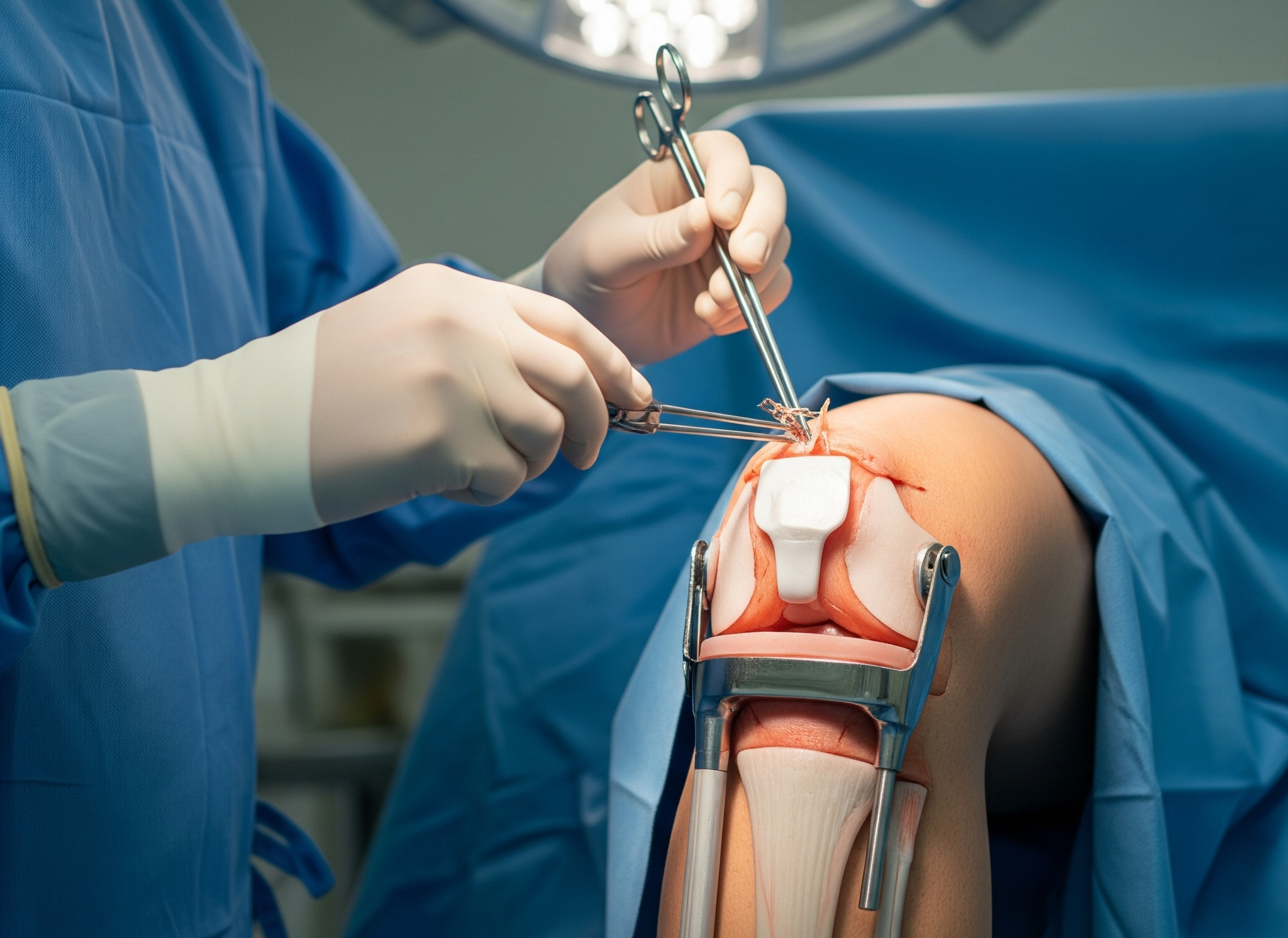Weight Loss Maintenance: What Happens After Treatment?
Achieving weight loss through medical intervention is a major accomplishment, but it’s just the beginning of a longer journey. Whether the results came from injectable therapies, non-surgical body contouring, or bariatric procedures, maintaining the progress post-treatment is often the more important—and more challenging—part of the process. Understanding what happens after a Weight Loss Treatment is crucial for long-term success.
Sustainable weight loss maintenance is about more than just willpower. It involves a combination of lifestyle choices, medical follow-ups, mental conditioning, and personalized support. Let’s explore what the post-treatment phase typically looks like, what changes to expect, and how to maintain your results for life.
The Immediate Post-Treatment Phase
The first few weeks following a weight loss treatment are a time of physical and mental adjustment. Your body is adapting to its new metabolic patterns, hormonal shifts, or structural changes—depending on the type of treatment received.
1. Physical Adjustments
If you’ve had a non-surgical fat reduction procedure like cryolipolysis or laser lipolysis, the body begins to eliminate destroyed fat cells naturally over several weeks. Mild swelling, bruising, or discomfort may occur temporarily. In the case of injectable treatments such as semaglutide or lipotropic injections, your appetite may reduce significantly, and changes in digestion or energy levels can be expected.
If you’ve undergone a surgical procedure like liposuction or a gastric intervention, a longer recovery period is typical. You’ll be guided to follow a strict post-operative care plan, including wound management, activity limitations, and prescribed medications.
2. Nutritional Changes
In the immediate aftermath of treatment, dietary recommendations are commonly tailored to support your metabolism. A high-protein, low-sugar meal plan is often encouraged to stabilize blood sugar levels and preserve lean muscle mass.
You may also be advised to eat smaller meals more frequently throughout the day. If you’re taking a GLP-1 medication like Ozempic, your appetite will be naturally reduced, making portion control easier to manage.
Metabolic Reset and Hormonal Balance
One of the most important developments post-treatment is how your body adjusts metabolically. After weight loss, especially significant fat loss, the body’s hormonal signals—including ghrelin (hunger hormone) and leptin (satiety hormone)—can shift, leading to increased hunger or cravings over time.
To counteract this, medical supervision and lifestyle changes are essential. Some clinics offer maintenance doses of fat-burning injections or oral supplements to support metabolic balance. Routine bloodwork may be required to monitor thyroid levels, insulin sensitivity, and nutrient absorption, particularly after bariatric procedures.
Regular check-ins during this phase are critical to tracking weight fluctuations and preventing rebound gain.
Building a Long-Term Routine
The next stage is all about forming consistent habits that reinforce your results. This includes:
1. Customized Exercise Plan
Physical activity is essential for long-term weight maintenance. While weight loss itself can be achieved without intense exercise (particularly with medical treatments), keeping the weight off requires regular movement.
A well-balanced workout plan typically includes:
- Cardio (for fat burning)
- Strength training (to build muscle and increase resting metabolism)
- Flexibility or mobility exercises (to prevent injury)
Patients are encouraged to aim for at least 150 minutes of moderate activity per week, with two days focused on muscle strengthening.
2. Ongoing Nutritional Guidance
Many individuals benefit from continued support from a dietitian or weight management coach. Tracking calories, balancing macronutrients, and avoiding processed foods all become easier when you have professional accountability.
Meal planning and mindful eating techniques are also valuable during this phase. Mindless snacking, emotional eating, or returning to old habits can undermine even the most effective treatments.
Psychological and Emotional Well-being
Maintaining weight loss also involves addressing emotional and psychological components. Many individuals undergo a mental shift after reaching their weight loss goals. Some feel anxiety about regaining weight, while others may struggle with self-image or identity changes.
Behavioral therapy or support groups can be instrumental. Cognitive behavioral therapy (CBT) techniques can help change your response to food triggers and stress, while group support offers motivation and encouragement.
If food addiction or binge-eating tendencies were part of the original weight gain, those need to be actively managed post-treatment to avoid relapse.
Monitoring and Follow-Up
Weight maintenance is a continuous process, not a one-time achievement. Most clinics that offer professional weight loss treatments also schedule follow-up appointments for several months after the procedure. These visits help track:
- Body composition changes
- Nutritional deficiencies
- Hormonal shifts
- Emotional well-being
- Treatment durability
If needed, your practitioner may recommend maintenance therapies such as periodic fat-reducing injections, IV nutrient infusions, or metabolic boosters.
Additionally, some patients are prescribed lower doses of GLP-1 agonists like semaglutide for extended periods to help maintain appetite control.
Risk of Weight Regain
Unfortunately, some individuals may experience partial or full weight regain if the post-treatment strategy isn’t strong enough. This can occur for several reasons:
- Returning to old eating patterns
- Sedentary lifestyle
- Unmanaged stress or emotional issues
- Neglected medical follow-up
- Incorrectly assuming the treatment is a permanent fix
Preventing weight regain is all about structure and ongoing support. Patients who stay connected with their care providers, adopt healthy habits, and respond early to small weight fluctuations tend to maintain their results more successfully.
A Holistic Approach to Weight Maintenance
The most effective long-term outcomes come from treating weight loss as a whole-body transformation—not just a physical one. Successful patients often build a routine that includes:
- Meal prep and nutrient-dense eating
- Structured workouts they enjoy
- Regular health screenings
- Mental health check-ins
- Quality sleep and hydration
- Accountability through follow-ups
Some individuals may also benefit from technology-assisted support, such as calorie-tracking apps, wearable fitness devices, or even virtual coaching.
Final Thoughts
Weight loss doesn’t end after treatment—it transitions into a new phase focused on balance, self-discipline, and long-term care. By embracing a multi-dimensional approach that combines healthy living, psychological support, and ongoing medical supervision, individuals can preserve the hard-earned results of their initial weight loss efforts.
For those looking to begin or continue their transformation, the SKN Cosmetics clinic in Islamabad offers fully personalized Weight Loss Treatment plans along with post-treatment care and guidance. Their medical team focuses not just on short-term results, but on helping clients maintain a healthy, confident lifestyle in the years ahead.













